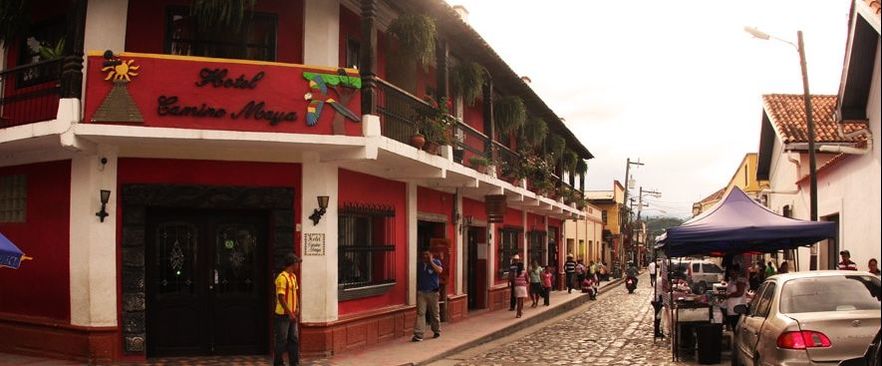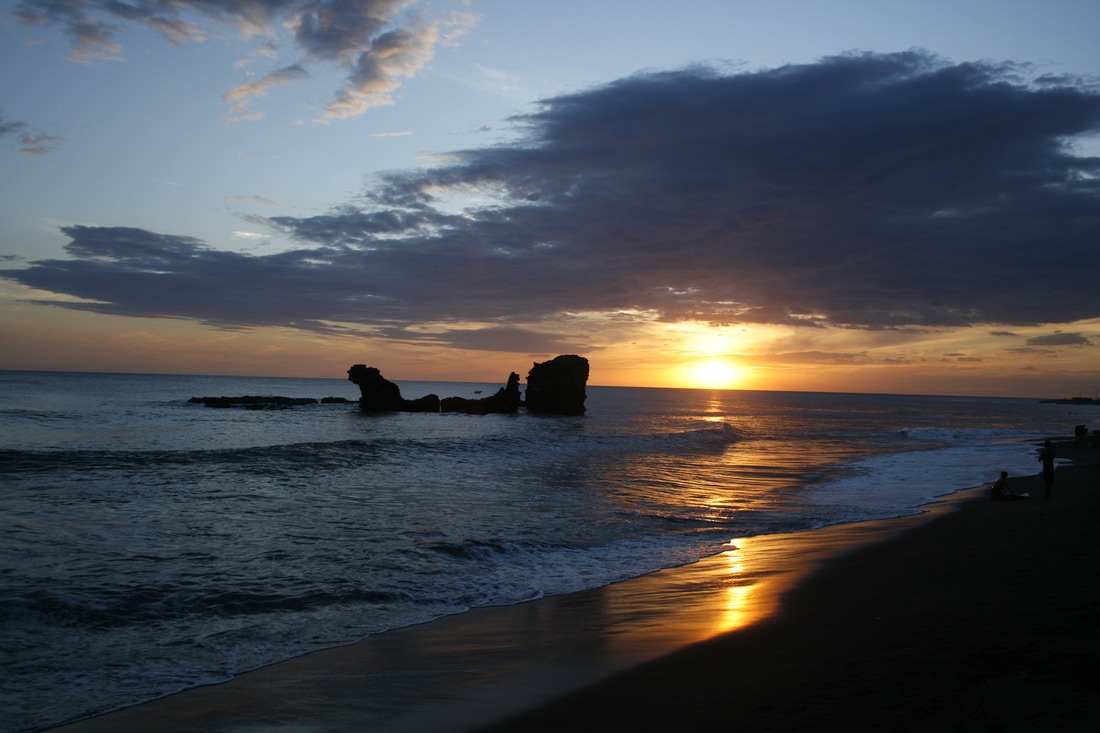copan ruins:.At the peak of its power in the Late Classic, the kingdom of Copán had a population of at least 20,000 and covered an area of over 250 square kilometers . It is estimated that the peak population in central Copán was between 6000 to 9000 in an area of 0.6 square kilometers. Additionally, there was an estimated rural population of 3000 to 4000 in a 476 square kilometers area of the Copán Valley, giving an estimated total population of 18,000 to 25,000 people in the valley during the Late Classic period. Copán became one of the more powerful Maya city states and was a regional power in the southern Maya region, although it suffered a catastrophic defeat at the hands of its former vassal state in 738, when the long-ruling king was captured and beheaded by Quirigua's ruler . Although this was a major setback, Copán's rulers began to build monumental structures again within a few decades. The area of Copán continued to be occupied after the last major ceremonial structures and royal monuments were erected, but the population declined in the 8th and 9th centuries from perhaps over 20,000 in the city to less than 5,000. This decrease in population took over four centuries to actually show signs of collapse, showing the stability of this site even after the fall of the ruling dynasties and royal families. The ceremonial center was long abandoned and the surrounding valley home to only a few farming hamlets at the time of the arrival of the colonia in the 16th century. Copan ruins townJust one kilometer from the national archeology park is located the popular backpacker town also named as Copan Ruins, for its location makes a perfect spot for a couple days for visitors interested in the cultural mayan experience, its colonial architecture with stones streets make a great experience.
|
The city has a historical record that spans the greater part of the Classic period and has been reconstructed in detail by archaeologists and epigraphers.
Copan is one of the most popular archaeologycal site of the Mayan civilization, the site is loated in the department of Copan of south western Honduras. Located a few kilometers from Guatemala and also from El Salvador makes this one of the cultural destination in the region. The city has a historical record that spans the greater part of the Classic period and has been reconstructed in detail by archaeologists and epigraphers. Copán was a powerful city ruling a vast kingdom within the southerm Mayan area, making it a very importante site to visit and a great cultural experience. how to get there:.where to stay:.Hotel and backpacker hostal
|
antigua guatemala |
playa el tunco |
panajachel |





